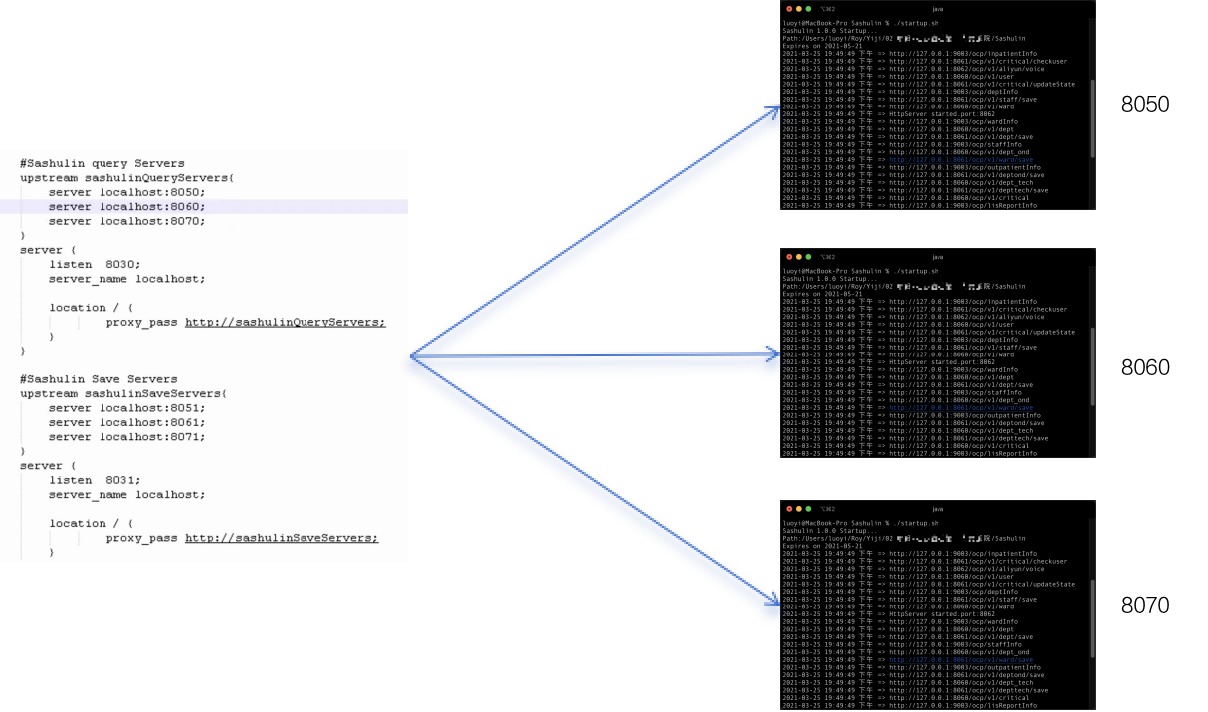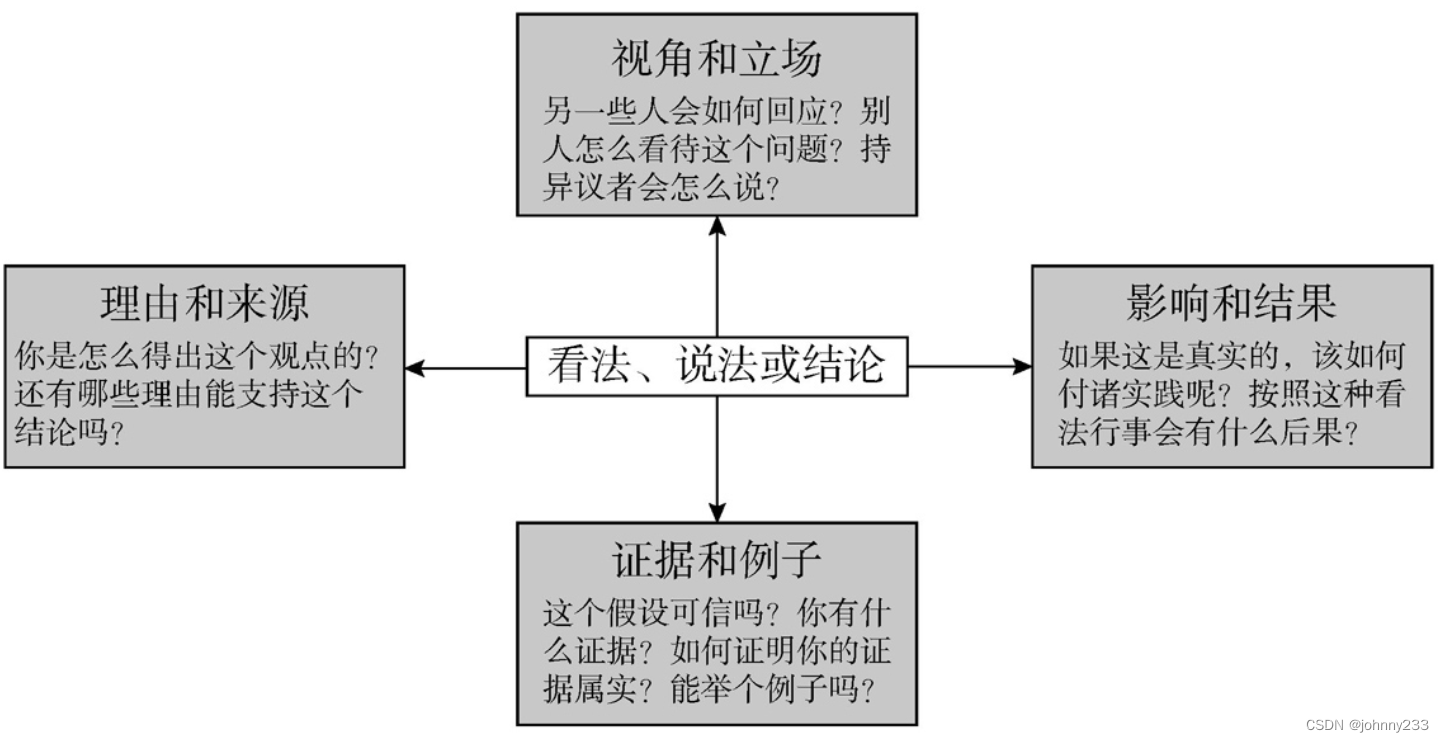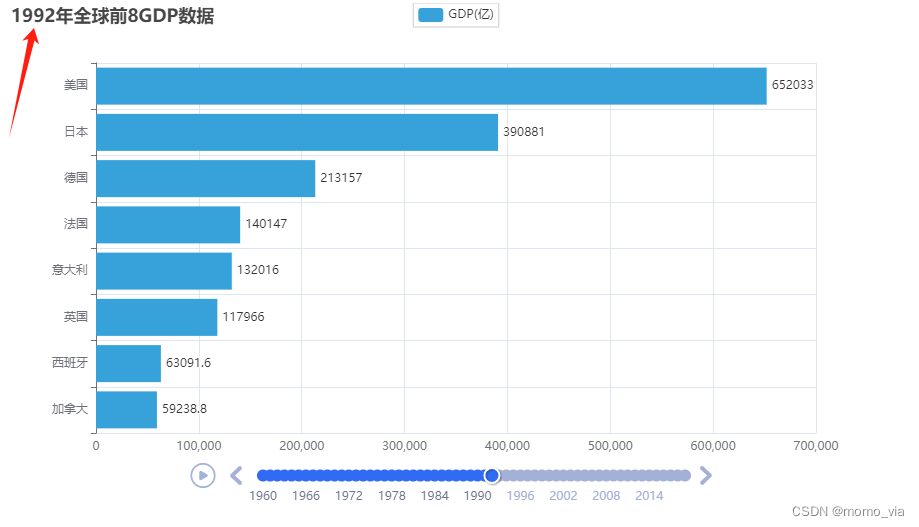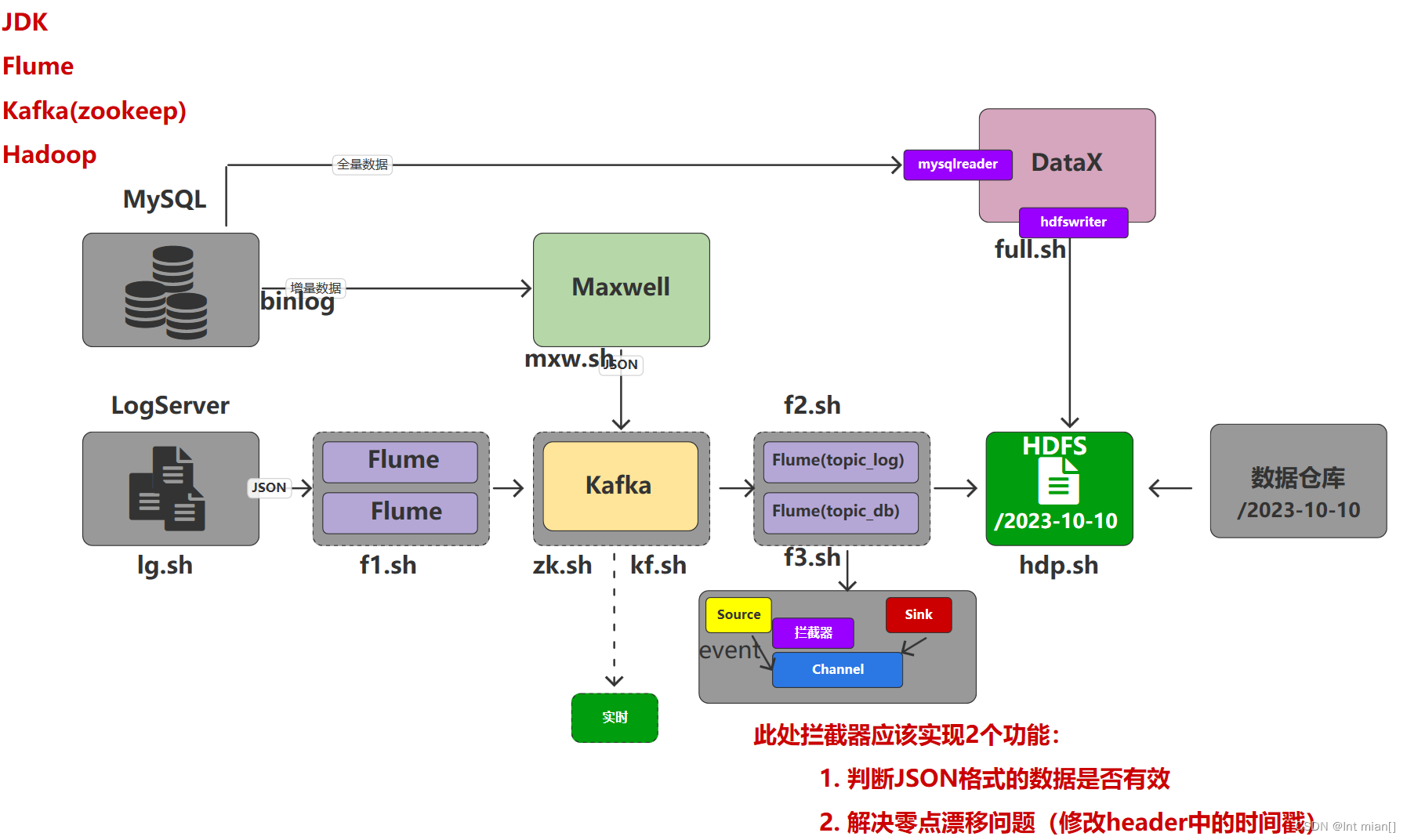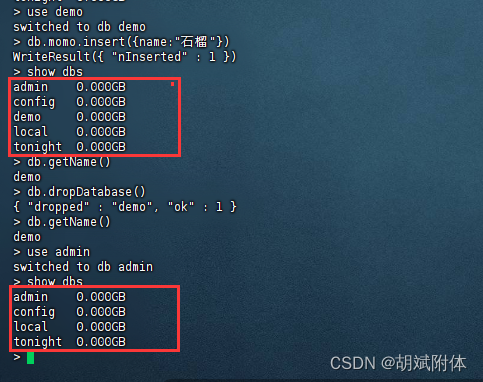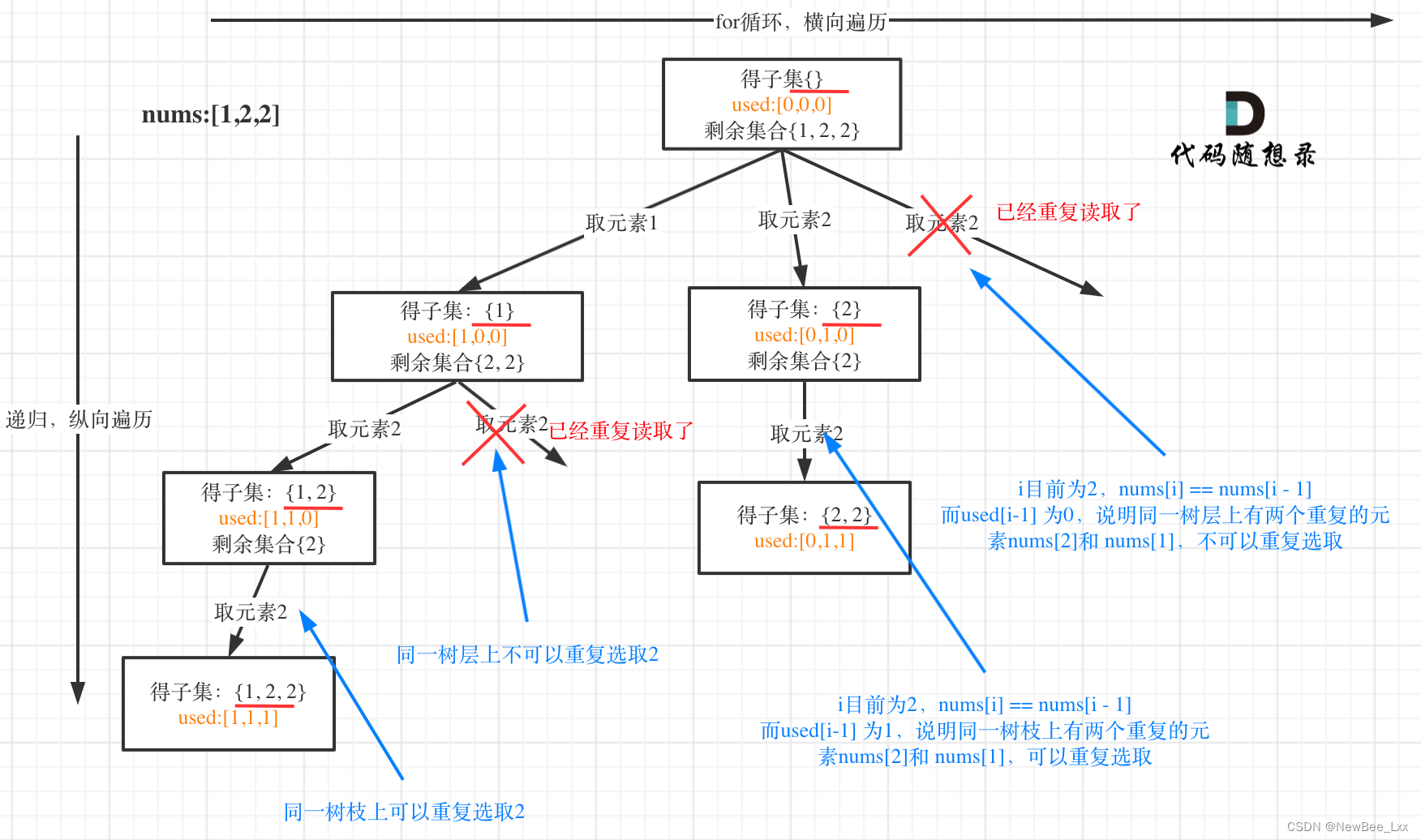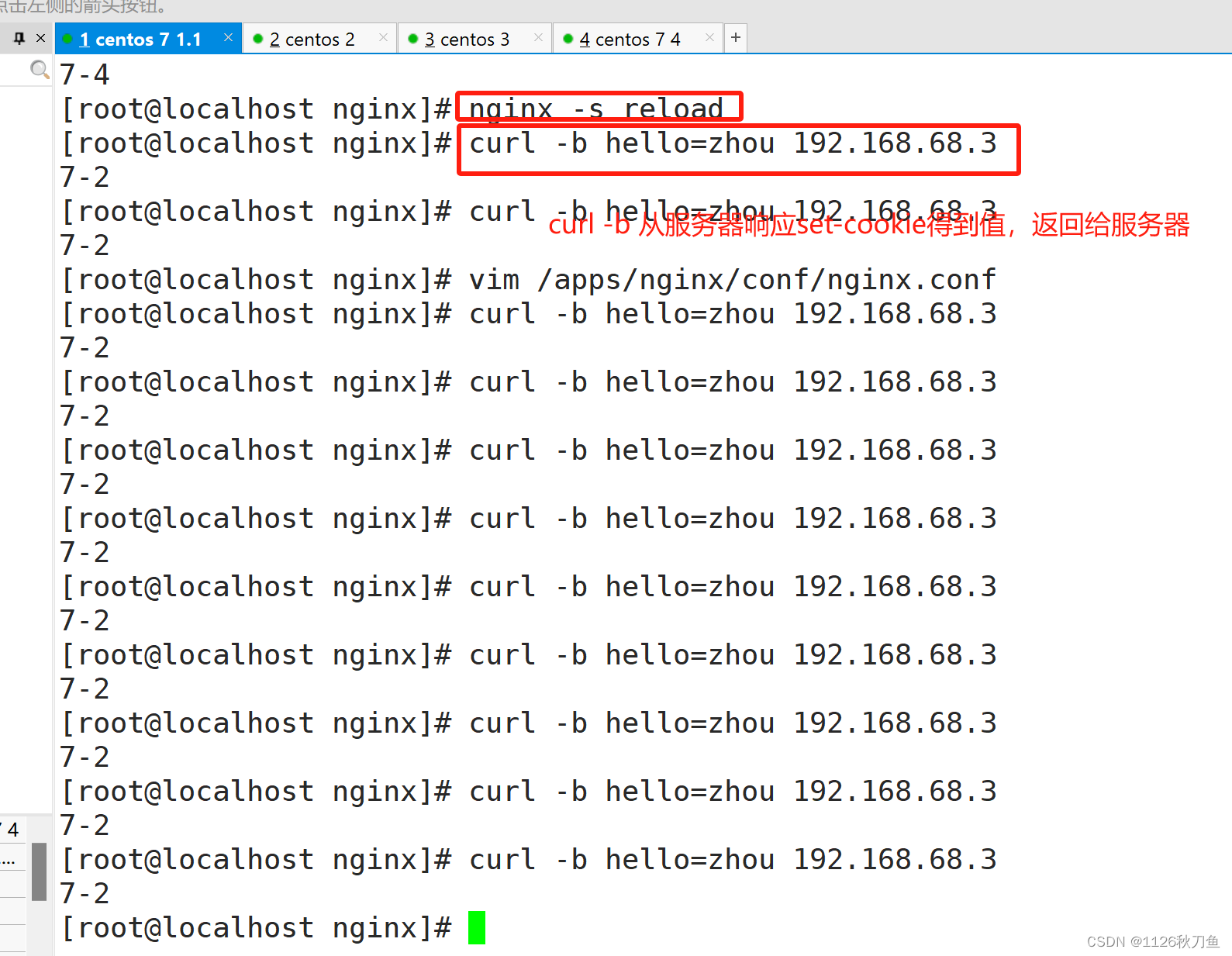目录
- 1. 单链表相关练习题
- 1.1 移除链表元素
- 1.2 反转链表
- 1.3 链表的中间结点
- 1.4 链表的倒数第k个结点
- 1.5 合并两个有序链表
- 1.6 链表分割
- 1.7 链表的回文结构
- 1.8 相交链表
- 1.9 判断一个链表中是否有环
- 1.10 寻找环状链表相遇点
- 1.11 链表的深度拷贝
1. 单链表相关练习题
注:单链表结构上存在一定缺陷,所以链表相关的题目一般都针对与单链表。
1.1 移除链表元素
题目要求:
题目信息:
- 头节点head
- 移除值val
题目链接:
移除链表元素
方法(顺序处理法):
思路:分析链表结构与结点所处的位置(是否为空链表,结点是否为头结点),分情况依次处理。
过程演示:
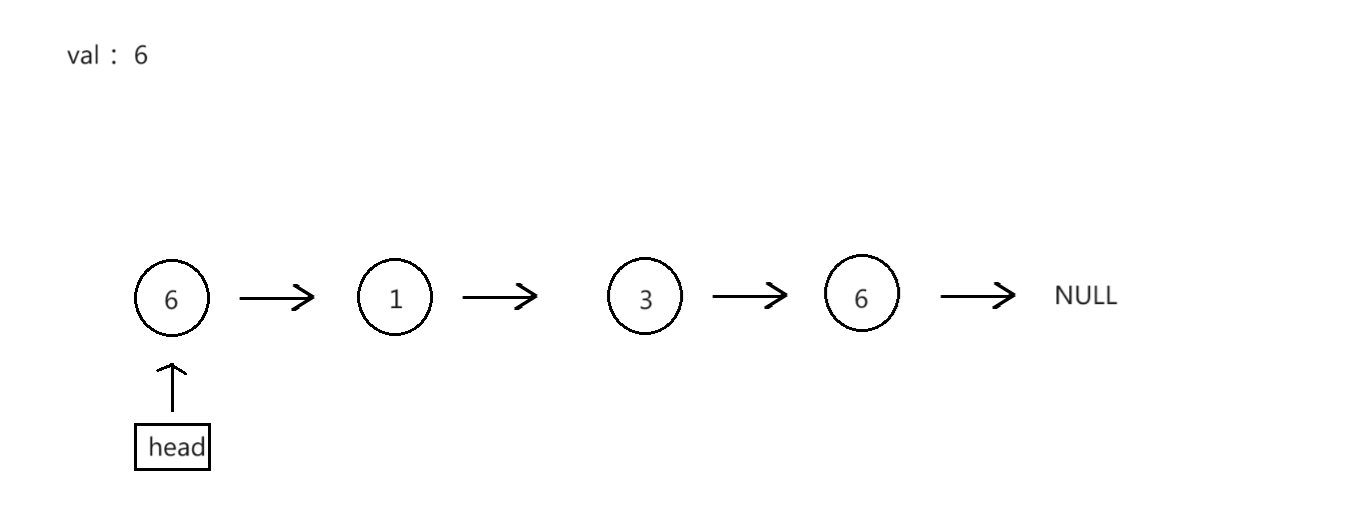
struct ListNode* removeElements4(struct ListNode* head, int val)
{struct ListNode* pre = NULL;struct ListNode* cur = head;while (cur){if (cur->val == val){//头删if (cur == head){head = head->next;free(cur);cur = head;}else//中间删{pre->next = cur->next;free(cur);cur = pre->next;}}else{pre = cur;cur = cur->next;}}return head;
}
1.2 反转链表
题目要求:
题目链接:
反转链表
过程演示:
struct ListNode* reverseList(struct ListNode* head)
{struct ListNode* pre = NULL;struct ListNode* mid = head;struct ListNode* cur = NULL;if(head){cur = head->next;}while(mid){mid->next = pre;pre = mid;mid = cur;if(cur){cur = cur->next;}}return pre;}
1.3 链表的中间结点
题目要求:
题目链接:
链表的中间结点
过程演示(快慢指针法):
struct ListNode* middleNode(struct ListNode* head)
{struct ListNode* fast = head;struct ListNode* slow = head;while(fast != NULL && fast->next != NULL){fast = fast->next->next;slow = slow->next;}return slow;
}
1.4 链表的倒数第k个结点
题目要求:
题目链接:
倒数第k个结点
过程演示:
struct ListNode* FindKthToTail(struct ListNode* pListHead, int k )
{struct ListNode* cur = pListHead;struct ListNode* pre = pListHead;while(cur && k--){cur = cur->next;}if(k > 0){pre = NULL;}while(cur){pre = pre->next;cur = cur->next;}return pre;
}
1.5 合并两个有序链表
题目要求:
题目链接:
合并两个链表
struct ListNode* mergeTwoLists(struct ListNode* list1, struct ListNode* list2)
{struct ListNode* newhead = NULL;struct ListNode* cur = NULL;struct ListNode* newnode = NULL;if(list1 == NULL)return list2;if(list2 == NULL)return list1;while(list1 != NULL && list2 != NULL){if(list1->val <= list2->val){newnode = list1;list1 = list1->next;}else{newnode = list2;list2 = list2->next;}if(newhead == NULL){newhead = newnode;newnode->next = NULL;cur = newhead;}else{//在遍历过程中,list1 或 list2 会等于 NULLcur->next = newnode;if(newnode != NULL){newnode->next = NULL;cur = cur->next;}}}//有一个链表本就为空if(list1){cur->next = list1;}if(list2){cur->next = list2;}return newhead;
}
1.6 链表分割
题目要求:
题目链接:
合并两个链表
ListNode* BuyNewNode(int val){ListNode* newnode = (ListNode*)malloc(sizeof(ListNode));newnode->val = val;newnode->next = nullptr;return newnode;}ListNode* partition(ListNode* pHead, int x) {ListNode* newhead1 = nullptr;ListNode* end1 = nullptr;ListNode* newhead2 = nullptr;ListNode* end2 = nullptr;ListNode* cur = pHead;while(cur){if(cur->val < x){if(newhead1 == nullptr){newhead1 = BuyNewNode(cur->val);end1 = newhead1; }else {end1->next = BuyNewNode(cur->val);end1 = end1->next;}}else {if(newhead2 == nullptr){newhead2 = BuyNewNode(cur->val);end2 = newhead2; }else {end2->next = BuyNewNode(cur->val);end2 = end2->next;}}cur = cur->next;}if(newhead1 == nullptr){newhead1 = newhead2;}else {end1->next = newhead2;}return newhead1;}
1.7 链表的回文结构
题目要求:
题目链接:
回文串
ListNode* reverse(ListNode* head){ListNode* pre = nullptr;ListNode* mid = head;ListNode* cur = head->next;while (mid){mid->next = pre;pre = mid;mid = cur;if (cur){cur = cur->next;}}return pre;}bool chkPalindrome(ListNode* A){//找相同,逆置//逐点比较//回文结构存在奇数个结点//获取中间结点ListNode* fast = A;ListNode* slow = A;while(fast && fast->next){fast = fast->next->next;if(fast){slow = slow->next;}}//表1ListNode* newhead2 = slow->next;//表2slow->next = nullptr;ListNode* newhead1 = reverse(A);if(fast){newhead1 = newhead1->next;}while (newhead1 && newhead2 && newhead1->val == newhead2->val){newhead1 = newhead1->next;newhead2 = newhead2->next;}if (newhead1 == nullptr && newhead2 == nullptr){return true;}return false;}
1.8 相交链表
题目要求:
题目链接:
相交链表
void swap(struct ListNode** node1, struct ListNode** node2)
{struct ListNode* tmp = *node1;*node1 = *node2;*node2 = tmp;
}struct ListNode *getIntersectionNode(struct ListNode *headA, struct ListNode *headB)
{struct ListNode* short_list1 = headA;struct ListNode* short_list2 = headA;struct ListNode* long_list1 = headB;struct ListNode* long_list2 = headB;while(short_list1 && long_list1){short_list1 = short_list1->next;long_list1 = long_list1->next;}if(short_list1){swap(&short_list1, &long_list1);swap(&short_list2, &long_list2);}while(long_list1){long_list1 = long_list1->next;long_list2 = long_list2->next;}//while((short_list2 && long_list2) || short_list2 != long_list2)while(short_list2 && long_list2 && short_list2 != long_list2){long_list2 = long_list2->next;short_list2 = short_list2->next;}return short_list2;
}
1.9 判断一个链表中是否有环
题目要求:
题目链接:
判断是否有环
//逻辑步骤存疑
bool hasCycle(struct ListNode *head)
{struct ListNode* fast = head;struct ListNode* slow = head;//err: while(fast && slow != fast)while(fast && fast->next){fast = fast->next->next;slow = slow->next;if(slow == fast){return true;}}return false;
}
1.10 寻找环状链表相遇点
题目要求:
题目链接:
寻找环状链表相遇点
思路依靠结论:一个结点从起始点,一个结点从相遇点(快慢指针相遇点),以同速行走(一次走一步),当他们再一次初次相遇时,此相遇结点即为入环点。
struct ListNode *detectCycle(struct ListNode *head)
{//快慢指针确定首次相遇点//起始点与相遇点出发,同速移动,最后的相遇的点即为环的进入点struct ListNode* fast = head;struct ListNode* slow = head;//遍历寻找相遇点while(fast && fast->next){fast = fast->next->next;slow = slow->next;if(fast == slow){break;}}//判断是否为环状链表if(fast == NULL || fast->next == NULL){return NULL;}slow = head;while(fast != slow){fast = fast->next;slow = slow->next;}return fast;
}
1.11 链表的深度拷贝
题目要求:
>题目链接:
链表的深度拷贝
//思路:
//生成拷贝结点
//调整拷贝结点的指针
//还原原链表,链接拷贝结点
struct Node* BuyNewNode(int val)
{struct Node* newnode = (struct Node*)malloc(sizeof(struct Node));newnode->val = val;newnode->next = NULL;newnode->random = NULL;return newnode;
}struct Node* copyRandomList(struct Node* head)
{struct Node* node1 = head;//判断是否为空链表if(head == NULL){return head;}//创建新节点while (node1){struct Node* newnode = BuyNewNode(node1->val);newnode->next = node1->next;node1->next = newnode;node1 = node1->next->next;}//调整新节点的随机指针struct Node* node2 = head->next;node1 = head;while (node2){if (node1->random){node2->random = node1->random->next;}node1 = node1->next->next;if (node2->next){node2 = node2->next->next;}else{node2 = node2->next;}}//还原链表,链接新链表node1 = head;node2 = head->next;struct Node* newhead = head->next;while (node1){node1->next = node1->next->next;if (node2->next){node2->next = node2->next->next;}node1 = node1->next;node2 = node2->next;}return newhead;
}









